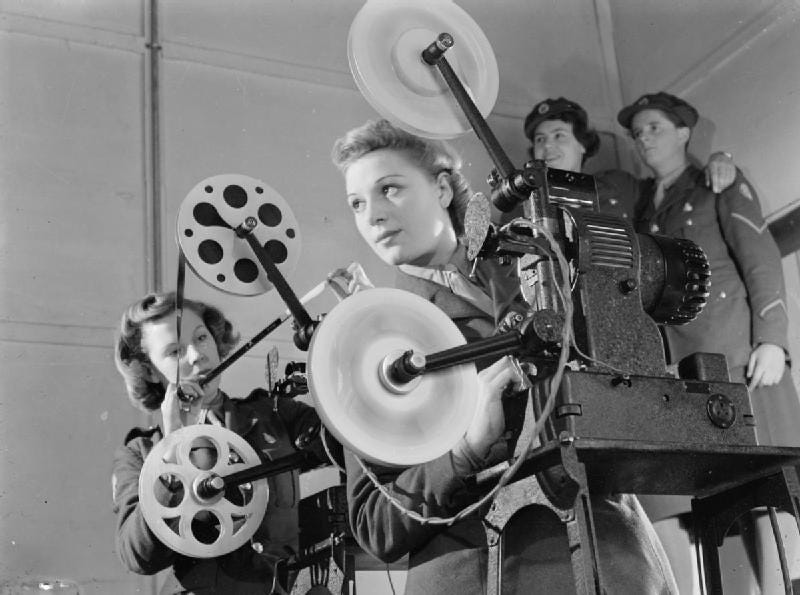This guide has all the resources that you will need to cut through the crappy marketing hype and tricky language that projector manufacturers use. Whether you’re aiming for the low or high end of the market, knowing your specs will help you pick out the best projector for your needs.
I’ve been fine-tuning our home theater on a low budget for years. When the Covid-19 pandemic arrived, I knew I needed to make something special to turn our then 500 square-foot overpriced apartment into a nest of safety. What better way to do that then to create a home theater? Want my full guide on all things Home Theater?

Lux & Lumens

This is super important to understand because so many projector manufacturers toss these words around as if they were interchangeable, but they’re not.
Both are Si-based units (“Si” stands for “International System of Units,” which is important because it standardizes things and makes sure that terms used by manufacturers are consistent), but the way that they relate to the light from your projector bulb is not the same.
Basically, lumen refers to the amount of light emitted from a light source, while lux refers to how bright something appears after it strikes a surface.
We want to know how bright the projector itself actually is, so we need to look at the lumens, not the lux. A projector that claims 10,000 lux might only have around 600 lumens of light output, which is low for a projector.
- NOTE: if you see “ANSI Lumens,” you know you’re in good hands because “ANSI” refers to American National Standards Institute, and their measurement for “lumen” is even more specific. If your projector is rated in lumens, you’re good, but if it’s ANSI lumens, you’re doing swell.
How many lumens do you need?
I recommend 2000–3000 lumens for any high-quality movie theater. Projectors that can meet this specification usually fall above $500. If you’re hoping to use your projector for video games, this becomes even more important, and I recommend pushing toward the upper end of the spectrum.
Want to learn more about the difference between lux and lumens? Here’s a technical guide that goes in-depth.
Which one did I finally go for? We have two projectors in our current home. An old and cheap ($100) off-brand for the living room, and an older model Epson that I got on a steep sale for the bedroom.
Throw Ratio

You’ll want to match your projector to your projector screen! Most projectors enable you some options to adjust once installed, but getting things placed correctly beforehand is always better.
Want ideas for the best screens? Read my guide, here!

Keystone correction
Make sure that your projector allows for at least limited keystone correction. This is the projector’s ability to correct an image along its vertical axis to make the result appear flat. This can allow you to place the projector on the ceiling and still end up with an evenly projected image — without the ability to correct, the top or bottom of the image will become distorted.
Contrast
Manufacturers will try to take advantage of customers whenever they can, and projector manufacturers often boost the contrast claims of their projectors to insane levels. However, contrast has a sweet spot: too little and things will look muddy, but too much, and everything becomes distorted anyway. The best way to get good contrast is to limit all ambient light in your room (since contrast is just a measurement of the difference between the projected image’s light and dark parts). Otherwise, a contrast ratio of around 3000:1 is perfectly sufficient. However, if your projector manufacturer measures contrast by ANSI standards, the numbers will be lower! If they use ANSI, look for anywhere between 300:1 and 700:1 for good to excellent contrast. This is one of the many examples of “bigger is not always better” in the world.
The truth?
You can have a really serviceable home theater for about $300 if you’re willing to go full DIY. There’s no need to spend a lot of money on a high-end projector. But, if you can afford a mid-range option, with a good warranty, then that will save you money in the long run and give you the best experience overall.
Hi there! I’m Odin Halvorson, an independent scholar, film fanatic, fiction author, and tech enthusiast. If you like my work and want to support me, please consider subscribing to a paid tier for as little as $2.50 per month!

